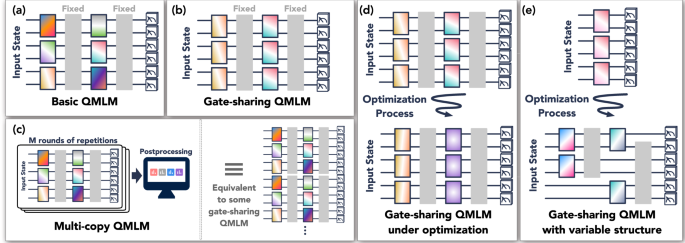2022-08-23 イリノイ大学アーバナ・シャンペーン校
土壌からのN2O排出は、微生物の働きによって窒素がある形態から別の形態に変換された結果である。土壌中の水分量や酸素量、地温、土壌表面の積雪量などの環境条件は、微生物が窒素を代謝する量や速度、ガス状の窒素生成物が大気中に放出される能力に影響を及ぼす。
エコシス・モデルは、このような環境要因を地域全体で検出し、成長期以外の降水量が12インチ以上の郡で排出量が多いことを明らかにした。
<関連情報>
- https://aces.illinois.edu/news/nitrous-oxide-emissions-corn-belt-soils-spike-when-soils-freeze-thaw
- https://www.sciencedirect.com/science/article/abs/pii/S0168192322002957
米国中西部における非生育期のN2O排出の異なる駆動メカニズムによる空間特異的な緩和戦略の必要性 Distinct driving mechanisms of non-growing season N2O emissions call for spatial-specific mitigation strategies in the US Midwest
Yufeng Yang,Licheng Liu,Wang Zhou,Kaiyu Guan,Jinyun Tang,Taegon Kim,Robert F.Grant,Bin Peng,Peng Zhu,Ziyi Li,Timothy J.Griffis,Zhenong Jin
Agricultural and Forest Meteorology Available online: 3 August 2022
DOI:https://doi.org/10.1016/j.agrformet.2022.109108

Highlights
- •NGS N2O emissions accounted for 6–60% of the annual fluxes in the US Midwest.
- •NGS N2O emissions were controlled by distinct drivers in the southeast and northwest.
- •NGS precipitation 300 mm line was found to be a threshold for the divergence.
- •Intensive freezing effect is the dominant driver of NGS N2O emissions in the southeast.
- •The thawing effect is the dominant driver of NGS N2O emissions in the northwest.
Abstract
Agricultural N2O emission is a growing concern for climate change. Recent field evidence suggests that non-growing seasons (NGS) may contribute one-third to half of the annual N2O emissions, but implications on management adaptations remain unclear. Here we used an advanced process-based model, ecosys, to investigate the magnitude and drivers of NGS N2O emissions from the US Midwest. Results showed that simulated NGS N2O emissions accounted for 6–60% of the annual fluxes under continuous corn systems, peaking in counties with NGS precipitation (PNGS) around 300 mm. Divergent patterns of spatial-temporal correlations between NGS N2O emissions and environmental variables were shown in the southeast (PNGS > 300 mm) and the northwest (PNGS < 300 mm) of the study area by simulations. Causal analysis indicates that more intensive freezing caused by decreased air temperature (Ta) is the dominant driver that leads to NGS N2O emissions increasing within the southeast of the study area, while increased PNGS and increased Ta cooperatively result in soil moisture decreasing at soil thaws that enhances NGS N2O production within the northwest of the study area. Scenario simulations suggest that annual N2O emissions in the US Midwest are likely to reduce under climate change primarily due to the reduction of NGS N2O emissions. Our estimates on monetized social benefits inform the necessity to implement spatial-specific mitigation strategies, i.e. determining fertilizer timing and use of nitrification inhibitors (NI). Spring fertilizer application is more beneficial than fall fertilizer application for most counties, however, the latter can bring extra benefits to some counties in the west of the study area. Introducing NI with either spring or fall applications can greatly increase social benefits by reducing N2O emissions and N leaching. This study addresses possibly effective adaptations by providing seasonal- and spatial-explicit mitigation potentials.



